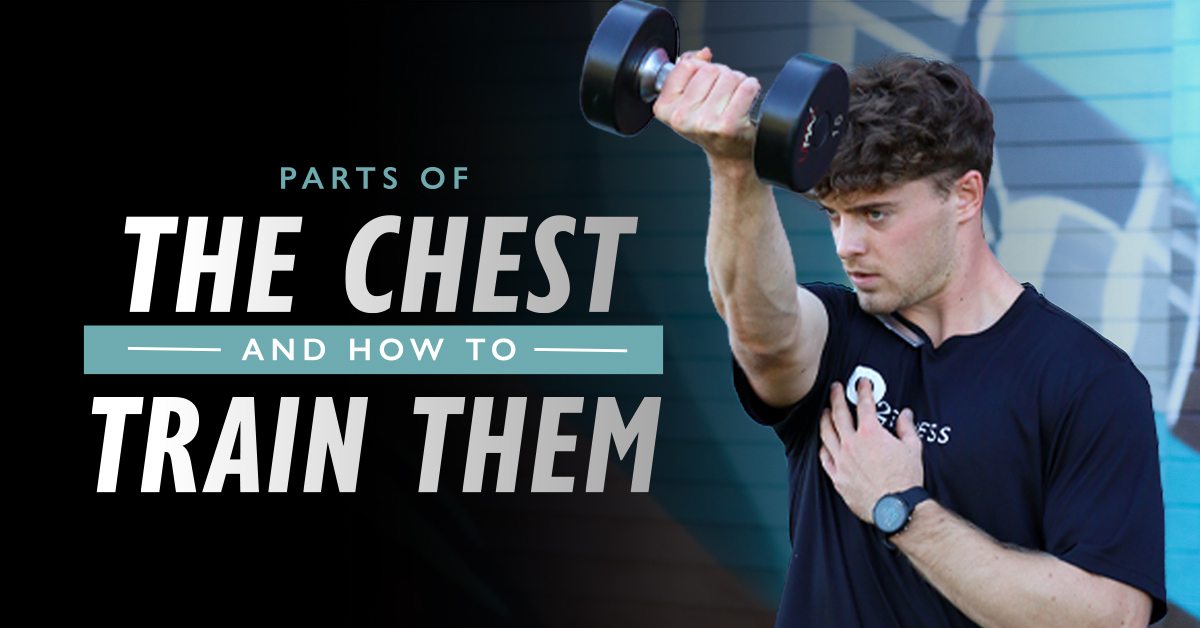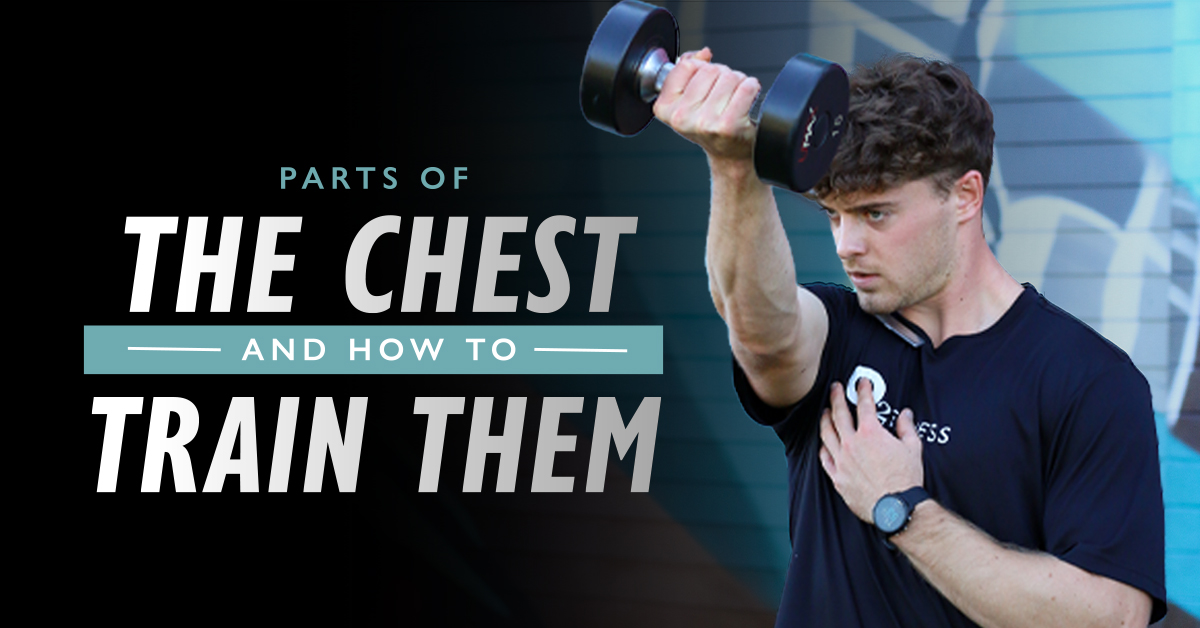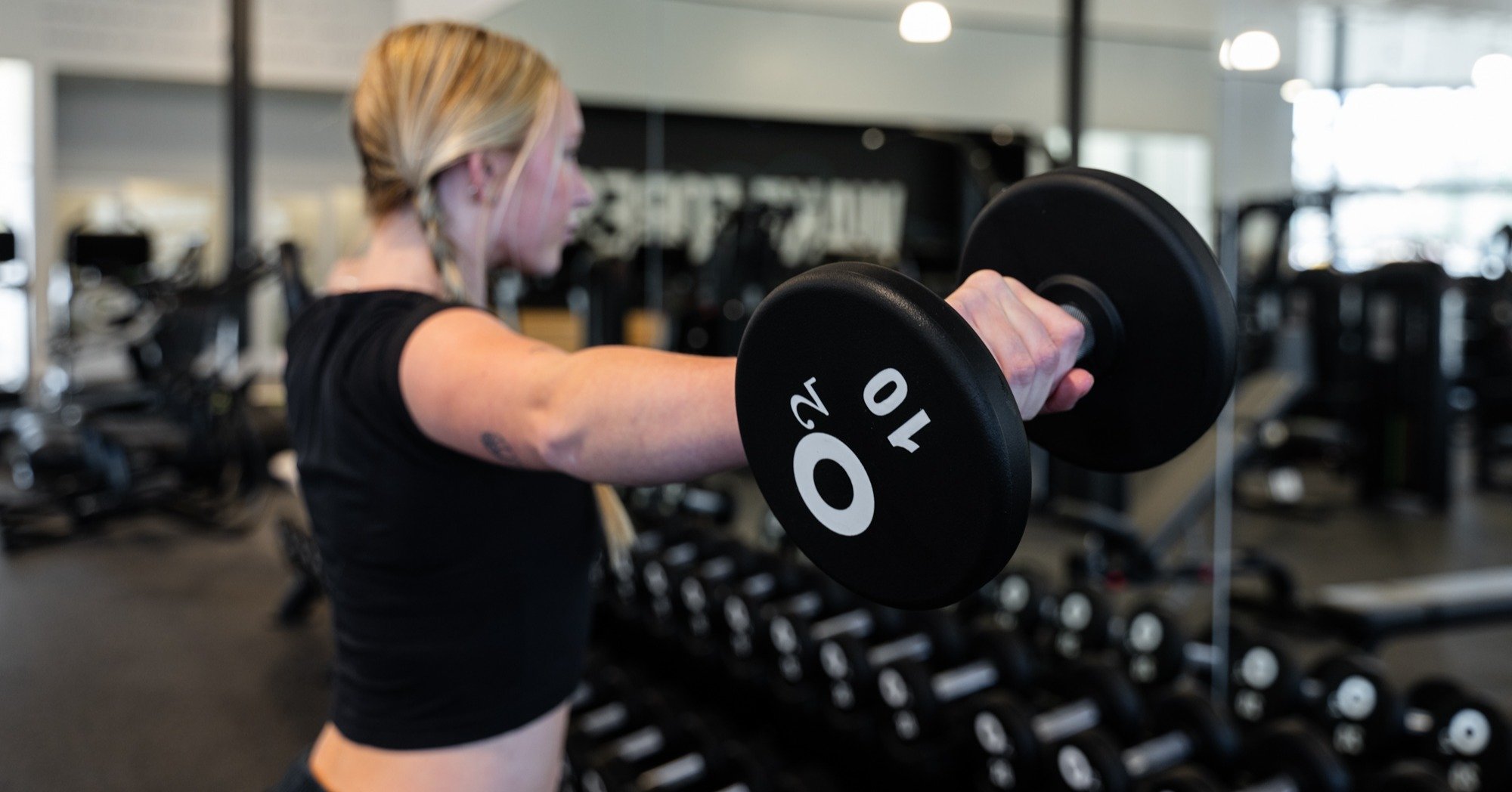The chest is a large and powerful muscle group that plays a vital role in our daily lives. It is responsible for pushing, pulling, and lifting movements, and it also helps to stabilize our shoulders and upper body.
A strong chest not only looks great; it also improves our athletic performance and overall health.
In this blog, we'll be diving into the main parts of the chest, how to effectively train them, and ways to prevent common chest injuries while training!
Anatomy of the Chest
The chest is made up of three main muscles: the pectoralis major, the pectoralis minor, and the serratus anterior.
Pectoralis Major
The pectoralis major is the largest muscle in the chest. It is responsible for most of the pushing movements we make, such as pushing open doors, throwing balls, and punching.
Pectoralis Minor
The pectoralis minor is a smaller muscle that lies beneath the pectoralis major. It helps to stabilize the shoulder joint and allows us to rotate our arms.
Serratus Anterior
The serratus anterior is a muscle that runs along the sides of the chest. It helps to pull the shoulder blades forward and stabilize the rib cage.
Benefits of Training Your Chest Muscles
Building strong chest muscles not only helps enhance your physical appearance but also provides a lot of practical, functional advantages. A few of the many benefits of training your chest muscles regularly, including:
- Increased strength and power: A strong chest will help you to push, pull, and lift heavier weights.
- Improved athletic performance: Well-developed chest muscles not only enhance your upper body strength but they also improve your power and coordination, which helps boost your athletic performance across a range of sports.
- Reduced risk of injury: A strong chest helps provide stability and support to the upper body, helping to reduce the risk of injuries in areas like your shoulders during exercise and everyday activities.
- Improved posture: A strong chest will help you to stand up straight and tall.
Common Chest Injuries (and How to Prevent Them!)
Costochondritis
Costochondritis is an inflammation of the cartilage that connects the ribs to the breastbone. It is a common condition that can cause pain in the chest.
According to physiotherapist Lauren Chandler, there is no one-size-fits-all way to prevent costochondritis. However, one can try to prevent overuse injury to the chest by following good load management principles and resting when needed.
Treating Costochondritis
The good news is that costochondritis can be addressed and treated by a physical therapist! Physical therapy can help decrease pain, inflammation, and improve chest and rib movement.
Therapy to treat Costochondritis would involve light stretching, mobilizations, deep breathing, and chest exercises as tolerated to help regain normal function of the chest.
Muscle Tears/ Strains
Often caused by overuse or sudden exertion, muscle tears and strains are common chest injuries. The results of these injuries can range from mild discomfort to severe pain and loss of function.
While there is no guaranteed way to prevent muscle tears and strains, there are several steps you can take to reduce your risk of injury like warming up before exercising, gradually increasing the intensity and duration of your workouts, cooling down post-workout, and proper hydration to keep your muscles functioning optimally.
Treating Muscle Tears and Strains
Physiotherapy can play a vital role in treating muscle tears and strains in the chest. Some common treatments would involve a combination of manual treatments and the following:
-
Rest: The initial phase of treatment often involves rest to allow the injured muscle to heal.
-
Ice: Ice application helps to reduce inflammation and pain.
-
Compression: Compression bandages can provide support and reduce swelling.
-
Stretching: Once the initial inflammation has subsided, gentle stretching exercises are introduced to improve your range of motion.
-
Strengthening: As the muscle heals, strengthening exercises are gradually added to restore muscle function.
-
Functional activities: This involves incorporating exercises that mimic everyday movements to ensure a full return to normal function.
Modifications and Alternatives
For individuals with specific chest-related concerns or limitations, consider the following modifications to your favorite chest-strengthening exercises:
Push-Ups:
If you are unable to perform a push-up correctly: Try performing push-ups with knees down and focus on isometric holds in different ranges of motion.
Barbell Bench Press:
If the barbell is too heavy to lift or you are unable to lie down on a bench: Opt for a cable column machine with a straight bar attachment to work on proper chest movement and form.Cable Pec Fly:
By tailoring your exercises and considering specific modifications, you can work towards a well-defined and balanced chest, even when dealing with chest-related concerns. Remember, always listen to your body and prioritize safety in your fitness routine!
You don't need to wait for an injury to start working with a professional. Build a strong foundation with the help of Renew Wellness' Physiotherapy team and progress your training with the help of an O2 Fitness Certified Personal Trainer!










.jpg)
.jpg)
